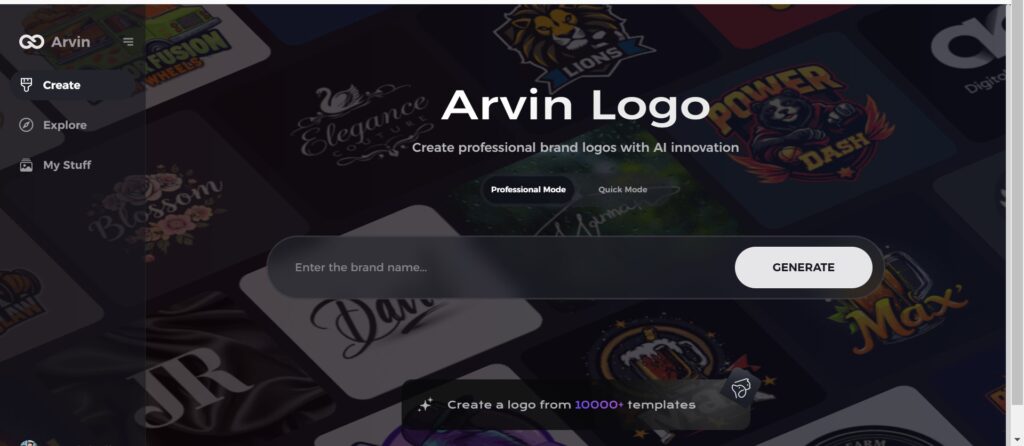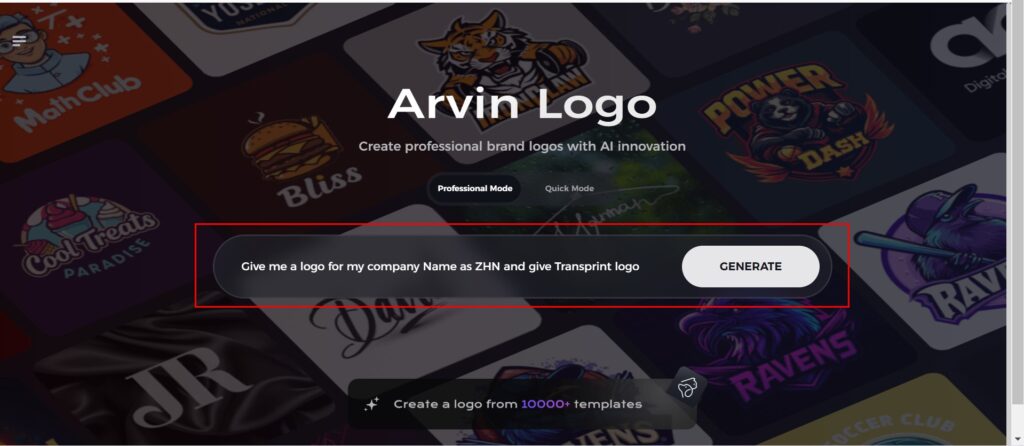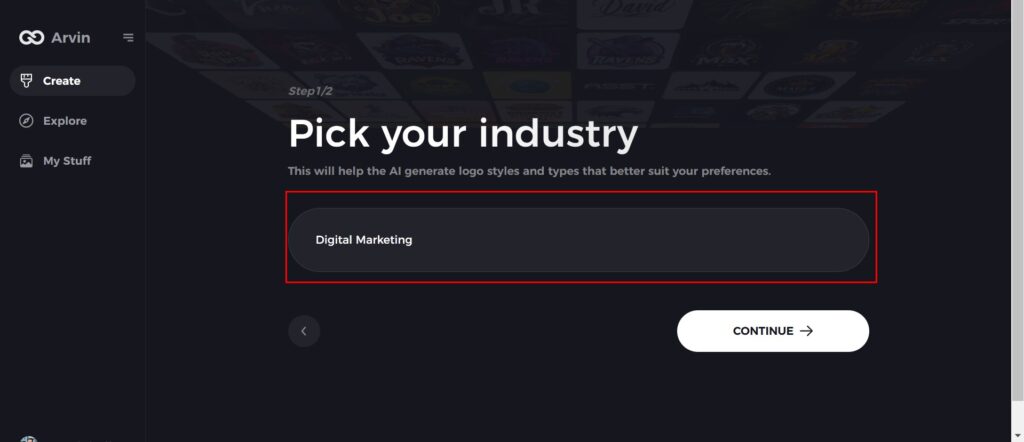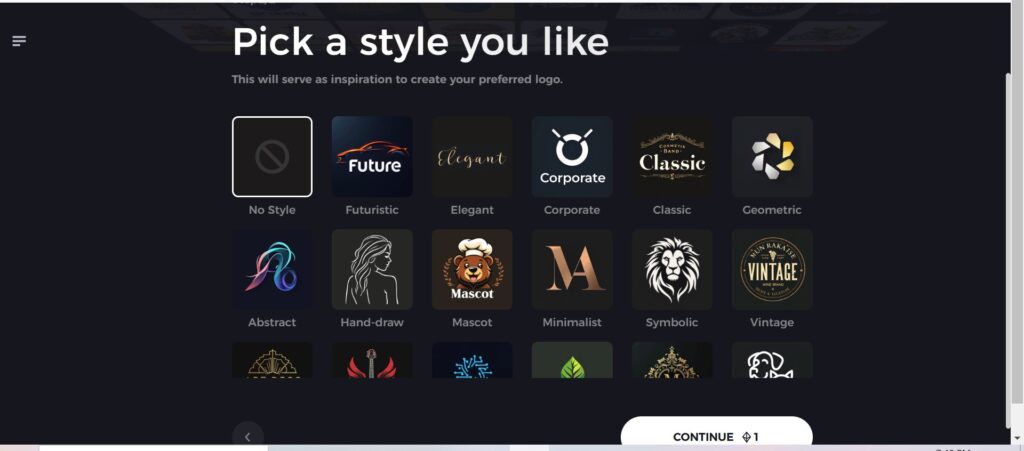Stickers are an excellent tool for branding and decoration of personal items and for information conveyance in any industry. Choosing the right size for your stickers is very important to help them do their job right. Whether it’s a business, creative project, or needs in general, this guide will show you the best sticker size guide to choose for your designs. Both beginners and veterans will find something useful in this guide.
Part 1: Understanding Sticker Sizes and Their Importance
Sticker size is generally defined by its dimensions, in either inches or millimeters. These sizes determine how well your design fits according to your need. A sticker size guide that is too small might become overlooked, while a sticker that’s too large might appear cumbersome or not fit on its application surface.
Why Size Really Matters?
The size of a sticker directly impacts its visibility and usability. A larger sticker attracts attention from a distance, making it suitable for promotional purposes like bumper stickers or outdoor advertisements. Smaller stickers are better for personal use, such as labeling or decorative purposes. For example, branding stickers for a laptop or water bottle must be compact but noticeable. Conversely, a bumper sticker must be big enough to be readable from several feet away.
Common Mistakes in Sticker Sizing
The most common mistake people make is the intended surface. Stickers that are supposed to be placed on uneven or textured surfaces will need larger sizes to properly adhere and to be readable. Likewise, trying to put too much detail in a small sticker can cause clutter and make the design unreadable. Lastly, failing to consider the audience’s perspective—such as distance from which it will be viewed—can make a sticker size guide useless.
Part 2: Common Sticker Sizes and Their Applications
Sticker sizes vary greatly, and knowing the standard dimensions will make it easier to pick the right size for your needs.
- Small Circle Stickers: These range from 1 to 2 inches in diameter. They are often used as envelope seals, minimalist logos, or decorative accents. Their compact size makes them suitable for surfaces with limited space.
- Big Circle Stickers: These are best for promotional purposes, at 3 to 6 inches in diameter. These can be applied to a laptop, vehicle, or window, providing a balance between being seen and looking good.
- Square Stickers: These range from 2×2 inches to 6×6 inches and are excellent for displaying artwork, social media icons, or product branding. Their symmetrical shape makes them visually appealing and versatile.
- Rectangular Stickers: These are offered in dimensions ranging from 1×2 inches to 5×8 inches. These are generally used for information, shipping labels, or banners. The length offers ample space for text-based designs.
- Oval Stickers: Elegant and unique, oval sticker size guide are offered in dimensions like 1.5×2 inches or 5×7 inches. They are generally used for branding on food or beverage packaging.
- Bumper Stickers: Measuring approximately 3×11 inches, bumper stickers are designed for easy readability from a distance, making them ideal for vehicles, advocacy campaigns, or promotional messages.
The more you understand the purposes of each size, the more you can align your stickers with your intended applications.
Part 3: How to Choose the Right Sticker Size for Your Project
Choosing the right sticker size has various factors, including the purpose, surface, and audience. This is how you make an informed choice:
Consider the Purpose
The purpose of the sticker should determine what size to choose. Promotional stickers may need to be quite large to be seen outdoors, while decorative stickers, such as those for scrapbooking or laptops, are optimal in smaller sizes and do not dominate the substrate.
For informational stickers, such as product labels, the size should allow for the inclusion of essential information, such as text and logos, without appearing crowded. Size to purpose ensures that your stickers are both functional and aesthetically pleasing.
Evaluate the Surface
The application surface plays a critical role in determining sticker size. Smooth surfaces like glass or polished wood can accommodate both small and large stickers, while textured surfaces may require larger stickers to ensure proper adhesion and readability.
Additionally, the dimensions of the surface itself matter. A large sticker on a small product will appear disproportionate, while a small sticker size guide on a large window may not draw enough attention.
Think About the Audience
Think about how your audience will look at your stickers. Small to medium-sized stickers work well for close-up viewing, like on a notebook or a water bottle. If your sticker needs to be readable from far away, like on a car bumper or the window of a storefront, go bigger and use a simple design.
Tips for Testing Sizes
Before finalizing a size, print out a mock-up on paper and test it on the intended surface. This allows you to see how it will look and whether your dimensions fit the application. In addition, gathering feedback from others provides valuable insight into the effectiveness of your design.
Part 4: Materials and Printing Considerations
While developing sticker size guide, there is also material as well as a print to create stickers because durability will come only by materials but their vibrant colour also relies upon on that particular method through which these have been printed.
Popular Materials
- Vinyl: Vinyl is known for its durability and water resistance, making it a good choice for outdoor applications, such as bumper stickers or signage.
- Paper: Paper stickers are inexpensive and environmentally friendly and are best used indoors for labeling jars or packaging.
- Holographic: Holographic stickers are eye-catching and premium, giving a unique visual appeal, and are great for decorative or branding purposes.
How Size Affects Material Selection
Material suitability changes when based on the sticker size. Massive stickers call for heavy, stronger paper such as vinyl to help prevent it from tearing due to pressure, while petite stickers will work just with lightweight paper. Holographic paper will be mostly acceptable for mid-sized sticker size guide whose glossy finishing will really come out at a lesser proportion than ruining the artwork.
Printing Techniques
- Digital Printing: Suitable to print on small to the moderate stick label that are printed to precise detail or point.
- Screen Printing: Best for big stickers or large quantities. These print in great vibrant color.
- Die-Cutting: This gives unique shape to the standard size, thus looking awesome.
Part 5: Designing Stickers for Optimal Impact
It’s time to get creative. Your design is where your stickers are going to get effective. To do so, you need to create the balance between beauty and usefulness.
High-Resolution Designs
Resolution is crucial to keeping clarity, especially when redesigning. Stickers should be created on a minimum of 300 DPI to ensure they are very sharp. A vector graphic is another way to get scalability without losing quality.
Typography and Color
The size of your sticker will also drive typography and color choice. Smaller stickers will benefit from high contrast and bold fonts. For larger stickers, gradients, detailed artwork, and more complex color schemes work well. In text-heavy designs, make sure that you leave space between elements so as not to overcrowd. For aesthetic appeal and functionality, keeping things simple is important.
Aligning Design with Brand Identity
Your sticker size guide should mirror the personality of your brand. Integrate your logo in a very intentional manner so that it doesn’t overwhelm other design elements. Brand colors and typography will ensure consistent usage across all marketing collateral. Unique shapes such as ovals or custom die cuts further increase brand recognition.
Part 6: Bonus Tip: Arvin AI for Effortless Logo Creation
One can see designing a professional logo that really fits one’s brand is tough to do when not a professional designer. Arvin AI is your game-changer. Designed to be applied to any sticker-related projects, this creates a rather easier way of developing great-looking logos for stickers, among other sticker designs.
Key Features of Arvin AI
- AI-Powered: Arvin AI employs sophisticated algorithms to analyze your brand’s theme and provide design suggestions. This way, your logo is sure to represent you well while maintaining a beauty of visual appeal.
- Customizable Templates: Select from a vast collection of professionally designed templates. Each template is fully customizable, with options to change colors, typography, and layouts to match your preferences.
- High-Resolution Outputs: Arvin AI makes sure your designs are exportable in high resolution, making them appropriate for small and large stickers without losing quality.
- Easy-to-use interface: This is a platform that ensures users focus on creativity and not technicalities. Prior design experience is not required for professional results.
- Perfect for sticker projects: The designs are optimized for scalability, which makes them perfect for stickers. You can export your logo easily and apply it to any sticker size guide.
- Brand Identity Alignment: Keep all your marketing materials on the same page by using Arvin AI’s branding features. Fonts to color palettes, everything is aligned to make sure that your logo speaks of your brand.
Steps to Use Arvin AI for making Logo
Step 1: Go to the Arvin AI Website
Open your browser and go to Arvin Logo Maker to start designing a unique, transparent company logo.

Step 2: Enter Your Company Details
Provide your company’s name and select its category. Request a transparent logo to let the AI generate designs tailored to your specific needs and business representation.

Step 3: Choose Your Industry
Select the industry that you do business in. This selects the AI to create logotypes that fit your brands values and market niche as well.

Step 4: Select a Design Theme
Select a design style that you like. I leave it on “no style” if you haven’t decided yet. It creates some amazing designs for you without any input from you.

Step 5: View Logo Concepts
Review the logo designs created by Arvin AI. Scroll through the options to find one that resonates with your brand identity.

Step 6: Customize Your Logo
Refine the selected logo by tweaking colors, fonts, and icons to align perfectly with your brand’s personality and aesthetics.

Step 7: Download Your Final Logo
Once satisfied, download your logo in versatile formats like PNG or SVG, ensuring it looks professional across websites, social media, print, and other media platforms.

Conclusion
Finding the perfect size for a sticker, involves purpose, surface, audience and design in a balance of sorts. When you were following the guide, you were doing the vital run throughs to get functional yet beautiful sticker size guide. Be it the standard sizes, material types, or special application design, all this makes your decision a simple one. Tools such as Arvin AI make things much easier, so you can easily make beautiful logos in a very short time. With this nifty tool, you could ensure your sticker designs are beautiful to the eye and fit the proper identity for your brand. You thus end up with a rather polished design that attracts people to it or makes the case for your message.
FAQs
What is the standard size for a sticker?
Standard sizes depend on the application. The most common sizes are 3×3 inches for small sticker size guide and 5×5 inches for medium ones.
How do I decide the size of a custom sticker?
Evaluate your application, the size of the surface, and the amount of visibility you want. Testing mockups on the intended surface can help you decide on the perfect dimensions.
What is the best material for outdoor stickers?
For outdoor sticker size guide Vinyl is the most durable and weather-resistant material, making it the best choice.
Can I use Arvin AI to design stickers as well?
Yes! Arvin AI can help you create professional-quality logos and designs that are easily scalable for stickers of any size.


